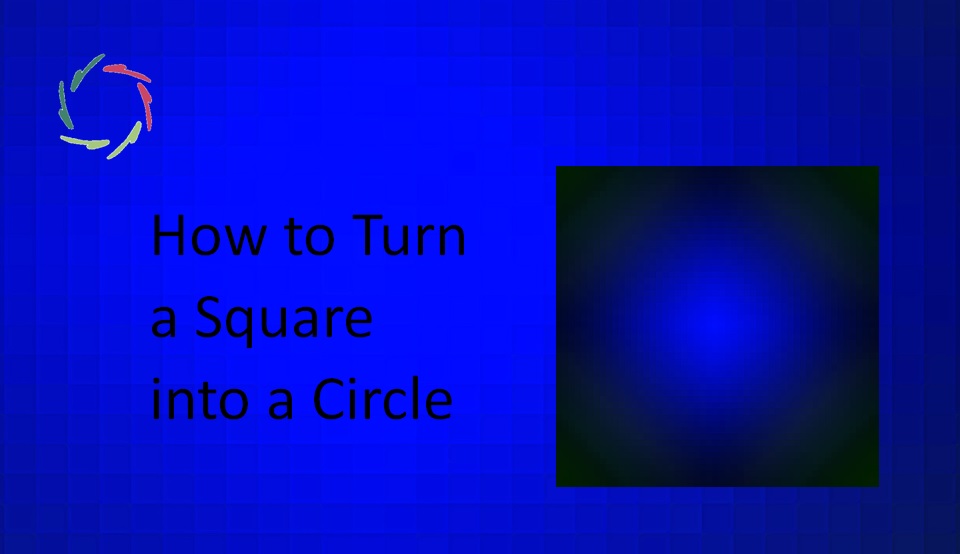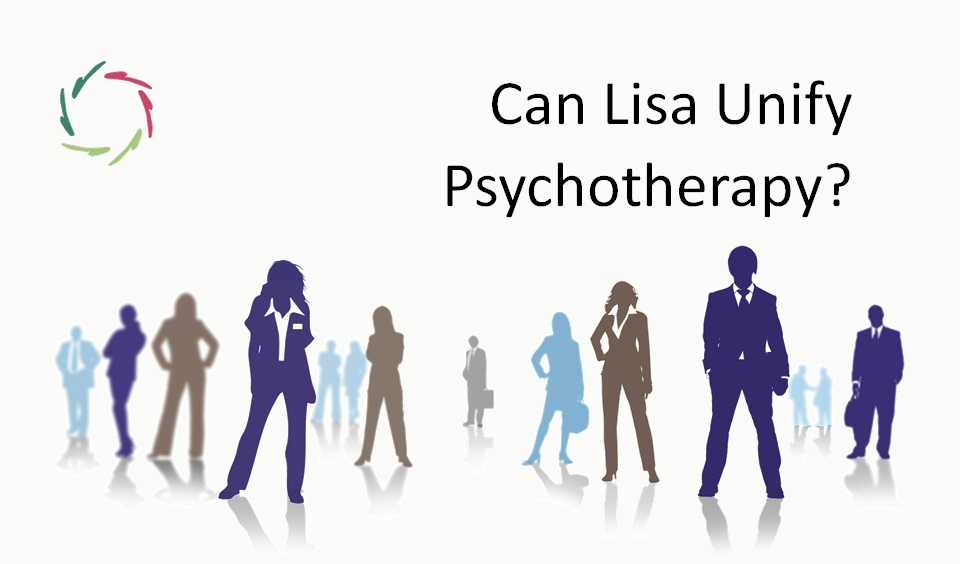Lisa x Genetics

Recent advances in genetics have proven beyond any doubt that mental conditions of all sorts are highly DNA-influenced. This is very important for >Lisa<.
Important in two ways: diagnostically and therapeutically.
Our genes
Much progress is being made in deciphering how heritability forms people’s mental landscapes. (*)
Most interestingly, we increasingly see that ‘polygenic scores’ (the combined influences of many genes) are very predictive for many mental issues. ‘Very’ means frequently more than all other predictive factors combined.
Interestingly in this regard, “a human genome of 6 billion nucleotide bases can be sequenced in a day for less than £1,000.” (*) Note that this does not include the polygenic scoring.
Diagnostically
As explained in Abnormal is Normal, talking about mental diseases is not (anymore) the scientifically optimal way to alleviate mental suffering. We can better speak about dimensions than diseases — whereby each dimension involves a spectrum that includes the statistically normal and abnormal.
The more people are involved in genome-wide studies, the more accurate correlations can be made between genes and real-life mental features. Much depends also on how we characterize these dimensions. The crispier and more relevant we can do so, the better for subsequent care.
Here comes Lisa into ‘diagnosis.’
Note that it’s not about diagnosing diseases but the management of dimensions.
While Lisa coaches many people, she can capture many features, including in-depth ones, related to mental-neuronal patterns — which is where it matters most for real-life conditions and possible positive changes. These data can be correlated with genomic data while also heightening the polygenic scores themselves. This will enable us more than ever to make valuable distinctions relevant to people’s well-being and health.
Of course, this is more worthwhile if we can act upon these newly discovered data.
Therapeutically
Presently, a weak spot of higher capabilities in the gene-based prediction of mental suffering is the fact that there is so little on the durable offer preventively and therapeutically. Alleviating symptoms by squashing them somewhat blindly can make lives more livable. That’s better than excommunicating all madmen, but it doesn’t necessarily make genetic discoveries more worthwhile.
Here comes Lisa into ‘therapy.’
Note that it’s not about treating diseases but an emphasis on mental growth, as explained in When Cure is Impossible, Growth still is.
The combination with genomics will make this more worthwhile by giving Lisa more elements to capture patterns and interact with users based on the resulting insights.
At the individual level, Lisa can thus manage people with specific propensities extra attentively, and in more refined ways, including interactions between individuals and their environments. It will help Lisa to orient the coaching efforts to dimensions that matter most, making prevention a really focused issue. Take, for instance, Alzheimer’s, schizophrenia, depression, addictive behavior, or even issues like autoimmune disorders.
Lisa x genetics
Bringing it all together, one can see many possibilities for doing good while mental issues are soaring worldwide.
Lisa may do so even more in combination with other technologies, such as those provided by genomic research.
What are we waiting for?
―
(*) Robert Plomin: Blueprint: How DNA Makes Us Who We Are ― Mit Pr, 2018


